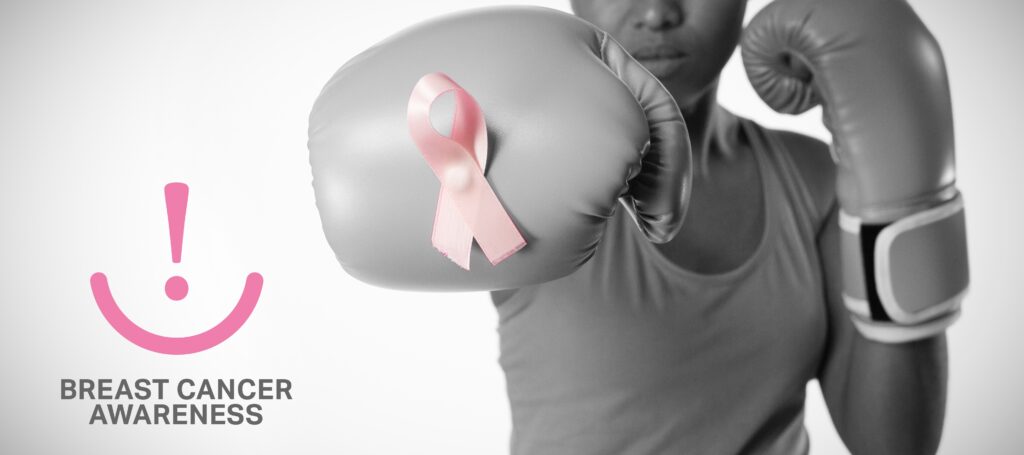October is Breast Cancer Awareness Month, dedicated to raising awareness about the importance of early detection and treatment of breast cancer. Breast cancer is one of the most common cancers among women worldwide. Early detection through regular mammograms can significantly improve the chances of successful treatment.
Understanding Breast Cancer
Breast cancer occurs when cells in the breast grow uncontrollably, forming a tumor. It can spread to other parts of the body if not detected and treated early. Breast cancer can affect both men and women, although it is much more common in women.
Risk Factors
Several risk factors increase the likelihood of developing breast cancer, including:
- Age: The risk of breast cancer increases with age.
- Family History: A family history of breast cancer increases the risk, especially if a close relative (mother, sister, or daughter) has been diagnosed with the disease.
- Genetic Mutations: Inherited mutations in the BRCA1 and BRCA2 genes increase the risk of breast cancer.
- Hormone Replacement Therapy: Long-term use of hormone replacement therapy (HRT) after menopause can increase the risk of breast cancer.
- Lifestyle Factors: Factors such as alcohol consumption, lack of physical activity, and being overweight can increase the risk of breast cancer.
Symptoms
Common symptoms of breast cancer include:
- A lump in the breast or underarm
- Changes in breast shape or size
- Nipple discharge (other than breast milk)
- Skin changes on the breast, such as dimpling or redness
- Inverted nipple
Importance of Early Detection
Early detection of breast cancer significantly improves the chances of successful treatment. Regular mammograms are the most effective way to detect breast cancer early. Women aged 40 and older should have a mammogram every one to two years, depending on their risk factors.
Breast Self-Exams
Performing monthly breast self-exams can help women become familiar with their breasts and detect any changes early. To perform a breast self-exam:
- In the Shower: Use the pads of your fingers to check your entire breast and armpit area for lumps, thickening, or hardened knots.
- In Front of a Mirror: Visually inspect your breasts with your arms at your sides, then with your arms raised. Look for any changes in size, shape, or contour. Check for dimpling, puckering, or changes in the skin or nipples.
- Lying Down: Place a pillow under your right shoulder and your right arm behind your head. Using your left hand, move the pads of your fingers around your right breast in small circular motions, covering the entire breast area and armpit. Repeat the process on the left breast.
Treatment Options
Treatment options for breast cancer depend on the stage and type of cancer. Common treatments include:
- Surgery: Removing the tumor or the entire breast (mastectomy) is often the first step in treatment.
- Radiation Therapy: High-energy rays are used to target and kill cancer cells.
- Chemotherapy: Drugs are used to kill cancer cells or stop them from growing.
- Hormone Therapy: Hormone-blocking treatments are used for cancers that are sensitive to hormones.
- Targeted Therapy: Drugs target specific molecules involved in the growth and spread of cancer cells.
Support and Resources
Support from family, friends, and cancer support groups is essential for those undergoing treatment. Many organizations provide resources and support for breast cancer patients, including:
- Breast Cancer Research Foundation (BCRF): Funding research to find a cure.
- Susan G. Komen: Providing education, support, and advocacy.
- National Breast Cancer Foundation (NBCF): Offering free mammograms and support services.
Conclusion
Raising awareness about breast cancer and promoting early detection and treatment

